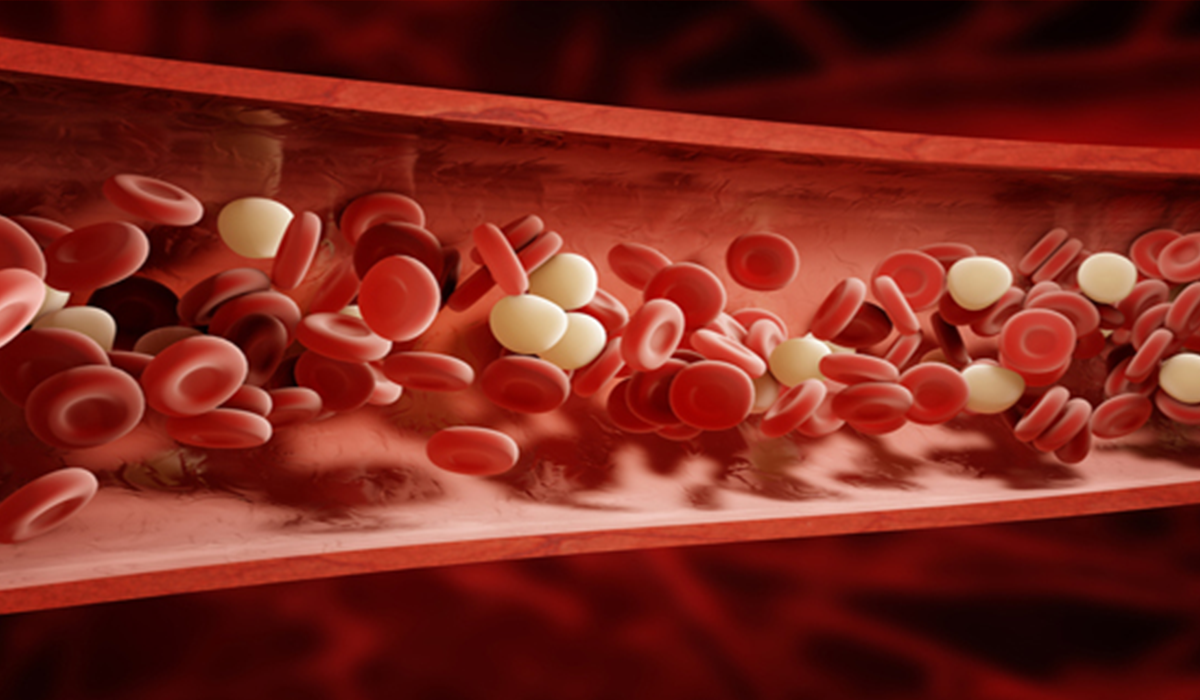Substitute of Biological Blood:
These are substances that act like biological blood and are used in cases requiring a blood transfusion.
Purpose:
The main purpose served by blood is oxygen carriage to organs of the body. The artificial blood synthesized so far is serving functions varying from carrying oxygen to volume expansion. Thus, volume restoration can be done with the help of these substances. These substitutes are mostly under clinical trials.
History:
Blood was considered supernatural, having magical properties. Many of the rituals were performed related to blood.
Many beliefs are still followed. Several TV programs focused on the theme of blood, like the vampires drinking human blood for survival. Jehovah’s witnesses are obligated to not receive or donate any blood-related products according to their beliefs, even in case of a matter of life and death.
The history of blood transfusion dates back to ancient civilization. Still, documented research on this topic started after William Harvey discovered in the 16th century that blood flows in the arteries and veins. The blood transfusion often proved fatal. So different transfusions were tried like liquids from cows, goats, human milk as well as beer.
The first cross-matched blood transfusion was done in the 20th century in Mt. Sinai Hospital in New York. Later advancements led to the Blood Component Therapy, in which blood was separated into different components, which has made whole blood transfusion obsolete.
Progress in the field led to improvements in blood transfusion safety concerning decreasing blood-borne diseases such as HIV, Hepatitis B, and C, etc.
Who needs it?
Artificial blood is used in cases that require a blood transfusion.
The situations include;
- Patients of hemorrhagic shock: a state of decreased perfusion of organs due to increased bleeding.
- In case of emergencies like roadside accidents
- In situations when blood donation is not accessible or not available such as remote or far-flung areas.
- To meet the high demand for blood transfusion
Types of Synthetic blood:
- Perfluorocarbon-based
- Hemoglobin-based
- Stem cells
Perfluorocarbon Based Artificial Blood:
Perfluorocarbons are insoluble in blood and thus can be added to water in a small amount. Further to make blood-like composition, several other materials are added, including antibiotics, salts, minerals, nutrients, and vitamins.
The small size particles of PFC can enable them to traverse through capillaries. PFC solutions can carry oxygen so well. This is why they are referred to as “Liquid Breathing.”
They can be heat sterilized and can effectively deliver oxygen and remove carbon dioxide. PFC’s can be removed from the blood within 48hrs by normal clearance mechanisms of the body. These are suspended in albumin emulsions. Its use was associated with a reduction in ischemic complications but an increase in congestive heart failure and pulmonary edema.
Hemoglobin-Based Artificial Blood:
Hemoglobin is the predominant protein present in the RBCs. It is the main protein responsible for oxygen carriage in the blood. One molecule of hemoglobin can bind four molecules of oxygen. It comprises 33% of the cell mass.
HemAssist, cross-linked hemoglobin, was introduced by Baxter Healthcare. It was the most widely studied of the hemoglobin-based blood substitutes, used in more than a dozen animal and clinical studies. It reached Phase III clinical trials but failed due to increased mortality due to severe vasoconstrictive complications.
Stem Cells:
Stem cells can give rise to a variety of cells. Therefore, these cells can be utilized for the production of blood cells. In turn, it can serve the function of transfusable blood. Those stem cells, which lead to the formation of blood cells, are called hematopoietic stem cells. The cultured cells produced by such methods possessed the same quality of hemoglobin regarding their morphology and content. These cells also had a normal lifespan as compared to the normal red blood cells.
The blood is made from the hematopoietic stem cells removed from the umbilical cord between the mother and fetus of humans after birth using blood pharming.
The FDA has approved the product’s safety, and its use can reduce millions of costs used in blood transfusion.
Need of the hour!
The US’s blood requirement is quite high as after every two seconds, someone in the US needs blood. In the U.S. alone, 41,000 donated pints are needed every day. Although an estimated 38 percent of the population is eligible to donate blood, less than 10 percent of that eligible population actually do it each year.
This is why we need synthetic blood.
Concerns and expectations:
Artificial blood is expected to provide the following;
- No concern of cross-matching
- Good oxygen-carrying capacity
- Good volume expansion
- No concern of transmission of blood-borne diseases
- No risk of immune suppression
- No concern of chronic blood storage
- No risk of hemolytic reactions
- Transfusable in case of restrictions of blood transfusions according to religious beliefs
- It can keep the patient alive for 48 hours in case of an emergency before the patient can be transferred to a medical facility, for example, in the case of the military.
Also read: Impella; The World’s Smallest Heart Pump
Conclusion:
Artificial Blood is underway with the idea of saving lives, but many theoretical uses come to researchers’ minds. Can the PFC be used in Scuba drivers, mountain climbers, or land athletes for liquid breathing? These are all fantastic recreational ideas of technology, but it may freak out people when considering PFC injections or the liquid in the masks. Hence, most of the time, it will be used for saving lives.
In the future, lab-grown synthetic blood can revolutionize medical care by providing a far-reaching solution to keeping people in need supplied with blood regardless of type or donor. While artificial blood is about to go through human trials, there is still a long road ahead for synthetic blood’s full-scale success. However, these developments can change the future of humanity itself.
Inspired by: Huffington Post
